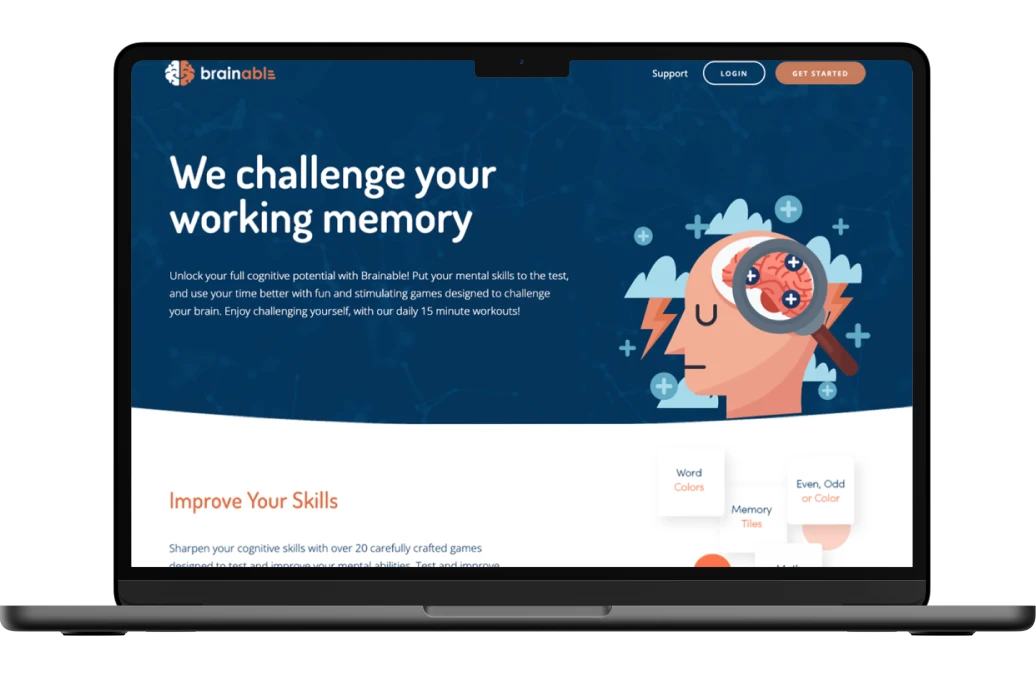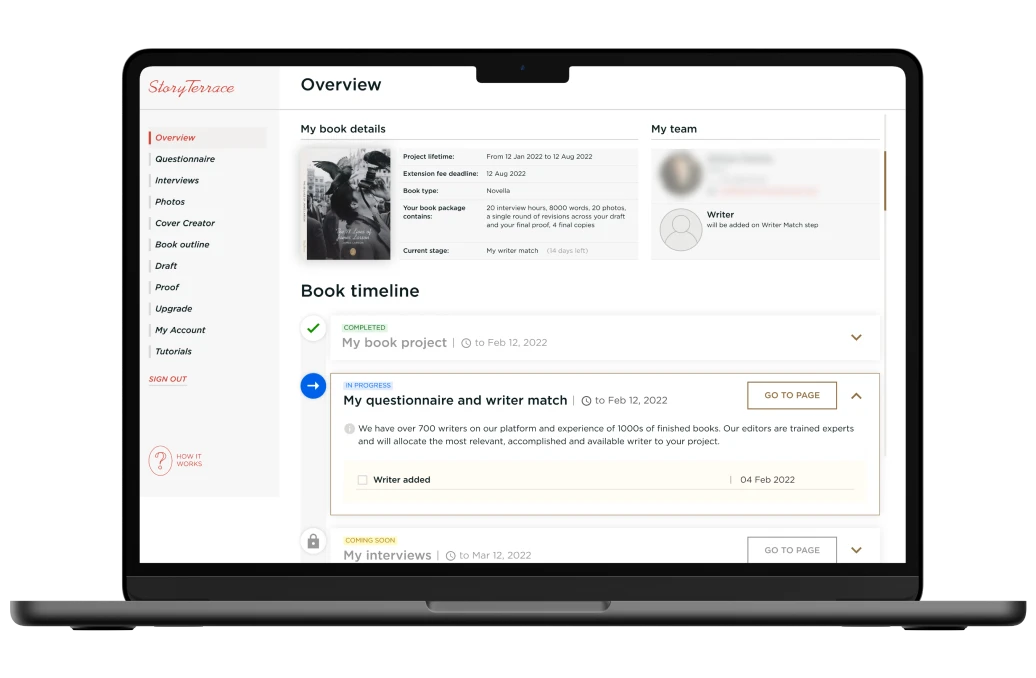No-code development can be a great solution for some companies. In this guide, you’ll learn everything you need to know about this technology!
The key issue with traditional development is that it’s more or less inaccessible to non-technical users. A person without coding knowledge is unlikely to understand code. This is a problem from the business perspective because it creates a gap between business and IT departments. Complex applications are often misunderstood by the business specialists. The inability of business specialists to code ultimately results in the need to remake apps on many occasions during development because they don’t fit enterprise requirements. Ultimately, no-code tools offer a high-quality solution to this problem. This article will outline how exactly no-code development services achieve this vital goal.
What Does No-Code Represent?

No-code platforms are development frameworks that allow users to create apps without coding. How is this possible? The relevant software applications use visual interfaces and many premade components. In this regard, the creation of an app looks very much like a puzzle game. You can choose the overall look of your app and then add various elements to it. No-code platforms like Bubble have many modules, such as checkouts and even maps.
What Does No-Code Development Stand For?
No-code development is the professional creation of apps through no-code environments. In this case, a professional with significant experience in platforms like Bubble would use a drag-and-drop interface to create a functioning application or website. In many cases, this development process also has elements of low code. It’s possible to create custom code for certain elements to make your app or site more flexible.
What Do No-Code Development Frameworks Represent?
No-code technologies are usually websites that allow one to create complex apps after registration. Their typical model of functioning is subscription-based. Some of the most famous platforms that offer the best customer experiences are Bubble, FlutterFlow, and Softr. They allow the users to use a drag-and-drop interface to create various types of complex apps.
No-Code Platforms Keenethics Uses
Our company has significant experience with both traditional software development and no-code platforms. In this regard, our technical knowledge eventually led us to two major no-code frameworks. We primarily use FlutterFlow and Bubble to create various types of apps and sites. Why is this the case? They’re among the most flexible platforms on the market. We like them for the ability to combine no-code development with custom code to promote a so-called synergetic approach.
No-Code and Low-Code
Many people are interested in the difference between the no-code and low-code platforms and their impact on business processes. In this respect, the difference is primarily in the scope of the existing building blocks and flexibility. On the one hand, no-code platforms try to offer more building blocks for non-technical business users to minimize the need to code. In the best scenarios, no coding is indeed necessary. However, those platforms are less flexible because many of their elements are precoded.
On the other hand, low-code platforms, while offering many building blocks, are more flexible. They give more space for custom code. Ultimately, the best option for business owners depends on the complexity of the relevant development tasks. Complex tasks usually better fit low-code platforms. Something simple like website creation can benefit from no code.
What Benefits Does No-Code Development Bring About?

No-code development offers several major advantages. Here are the main factors you need to pay attention to:
1. Accessible to everyone
No-code platforms allow every person to participate in development. These platforms often don’t require any programming skills at all. Thus, your citizen developers can brainstorm diverging solutions without involving the traditional development teams through a visual interface. No-code solutions allow everyone to offer their input during the development process.
2. Low cost of development
The services of no-code developers are typically cheaper because they require less time for development. Even at traditional rates for the IT industry, they’re capable of delivering sites and apps with at least 40% decreased costs. Skilled developers with knowledge of coding can make the development process especially fast and, as a result, cheap.
3. Reduced prototyping period
Prototyping is among the most difficult processes for the majority of development teams. A no-code development platform makes prototyping and even MVP creation much easier for the majority of the participants. All you have to do is drag and drop certain interface elements to make your app work and offer great user experiences. Even if you plan to later engage in traditional development, no-code can be a great tool for testing various app ideas before their implementation.
4. Outstanding development speed
No-code platforms are notable for offering outstanding development speed. If you need to deliver some solution fast, these platforms are among the best frameworks on the market for those goals. Why is this the case? They offer a wide set of pre-built components that enable the developers to deliver apps fast. In some situations, a simple solution like a checkout can take just an hour or two to develop. Complex tasks that are likely to take 2–4 weeks usually take no more than 1.5-2 weeks with no code. Our experience with a Real Estate Management Project indicates that it’s possible to create complex interfaces quickly and almost without the use of custom coding through no-code solutions.
5. Fast innovation
No-code development platforms are also surprisingly innovative in the majority of cases. Their developers usually follow the latest security and feature trends. As a result, if you update your app regularly, you’re likely to have access to some of the most novel features, like AI. Considering that such innovations are essential for an efficient digital transformation, we recommend no-code platforms for a wide set of tasks.
6. Improved Business-IT alignment
One of the core problems of traditional development we’ve mentioned above is business-IT alignment. In most cases, traditional development makes it impossible for non-experts to even create a basic user interface. This means that business specialists fully rely on IT experts during the development process. What’s the solution to this problem? No-code development. It allows one to create applications without programming. Consequently, business experts can now directly intervene in the development process and offer their vital insights.
7. Minimal security risks
Traditional development requires a manual installation of security features. Therefore, it’s susceptible to various mistakes or even untimely updates. Modern business requirements highlight that this is unacceptable for the majority of businesses. They need to do everything to protect their security. No-code programming isn’t a silver bullet in this respect, but it’s potentially safer than other solutions on the market. Why is this the case? No-code development is notable for being maintained by outside experts. Thus, you get double security in this case: updates stem both from your development team and the experts behind a no-code platform.
8. Iteration-based development
No-code platforms make iteration-based development much easier to achieve than in all other cases. Why is this the case? This approach to software development greatly minimizes the effort for the recreation of particular features. Reduced app development time ultimately results in improvements for the development process. It’s now possible to create multiple versions of an app interface quickly and compare their efficiency in the real markets. Traditional development doesn’t offer advanced opportunities of this kind.
Key Features of No-Code Development
Modern no-code development frameworks enhance the app development process through the following features:
1. Drag-and-drop block builder
The first reason to use a no-code platform is its drag-and-drop block builder. In this regard, application development greatly benefits from this approach because it reduces the need to create particular elements of certain apps. More importantly, your development team can now include citizen developers, and experts without coding experience. Drag-and-drop interfaces are the core reason why no-code development is so fast.
2. Automatic data connection handling
No-code development platforms are notable for one more feature: they’re great at automatically handling data connections. This is great for business goals because the likelihood of losing information due to some bugs becomes minimal. Automatic and visible handling of the data sets also enables faster development. After all, there’s no need to develop additional tools for tracking various data points in the presented cases.
3. Visual modeling
The drag-and-drop interface is also directly connected to the seamless integration of visual modeling. You can add particular features to your apps and see the results of the changes immediately. This is vital both for features and for user interfaces. Traditional development rarely offers such an opportunity outside platforms such as React Native. In this way, creating a user-friendly interface is very easy. Why is this the case? You can modify your app directly, avoiding blind modifications, which are common in traditional app programming.
What Are The Best Uses for No-Code Development?

A no-code development platform enables one to create a wide set of applications. Let’s look at a list of custom solutions that benefit from the usage of this technology:
- Rapid prototyping
- Business process automation
- Internal tools
- Customer-facing applications
- Data visualization
- E-commerce websites
- Content management systems
- Mobile app development
- Form builders
- Integration of existing systems
- Workflow management
- Customer relationship management (CRM) tools
- Event management
- Learning management systems
- Minimum Viable Products (MVPs)
How Can One Start No-Code Development?
Starting no-code development isn’t difficult. These are the steps you need to consider:
Review existing no-code platforms
Your first step should be a review of the existing no-code platforms. You should look at two core features here. On the one hand, its price must be adequate for your goals. On the other hand, the relevant no-code platform must have all the systems necessary for your development project. To understand whether a framework has these systems, one should, above all, review various use cases for an app and thoroughly review a service description for a no-code development platform.
Create an account
Once you have found the right platform for your goals with all the core functionality crucial for your project, it’s time to register. No-code platforms aren’t unique in this respect, so the process follows traditional steps.
Build your app
After account creation, you can engage in no-code development. Use drag-and-drop interfaces and other tools for visual coding to create your app or site.
Perform testing
After completing app development, test your capabilities to find gaps in functions and bugs. This stage is usually the best moment for enterprises to add some custom code.
Launch your app
After testing, you can launch your app and start maintaining it. Adding new features like AI is very easy with no-code development. All you have to do is drag and drop new elements.
Do You Recommend Adopting a No-Code Platform?
Everything depends on your specific use case. On the one hand, no-code platforms are great for rapid development with limited resources. They’re also vital when you want your non-technical staff to offer as many ideas as possible. They’re suitable for bringing simple ideas to life, automating processes, or prototyping. On the other hand, no-code may not be suitable for complex, highly customized applications. It may have issues with advanced security features or integration into various legacy functionalities.
Keenethics’ Experience in No-Code Development
Keenethics is a company with more than eight years of experience in the market. Since 2015, we’ve developed dozens of projects for various customers. In this light, we know how to work with both traditional code and no-code development platforms. Our experience shows that no-code frameworks are great for simple applications or various presentation-oriented sites, such as landing pages. We have experts who are specifically dedicated to no-code development and can help you with turning your templates into functioning apps fast.
FAQ
What does no-code stand for?
No-code stands for platforms that don’t use any code for the development process. Instead, the development process occurs through drag-and-drop visual interfaces.
What should I use no-code frameworks for?
Here are some core tasks that no-code development can cover:
• Rapid prototyping
• Business process automation
• Internal tools
• Customer-facing applications
• Data visualization
• E-commerce websites
• Content management systems
• Mobile app development
• Form builders
• Integration of existing systems
• Workflow management
• Customer relationship management (CRM) tools
• Event management
• Learning management systems
• Minimum Viable Products (MVPs)
Who benefits from no-code development?
Any team that needs to develop a product fast and with minimal usage of resources. It’s also great for situations when you need an alignment between your developers and the business team.
Are no-code platforms a viable option for enterprise IT departments?
Yes, they help create functioning apps and sites fast. In many cases, those technologies can greatly reduce the average development costs in your firm. Custom software development through no-code is also extremely fast: one can deliver a landing page within 1.5-2 weeks with these technologies.
We’re here to help with them!











